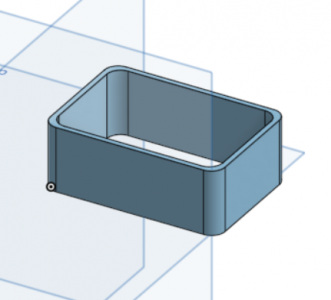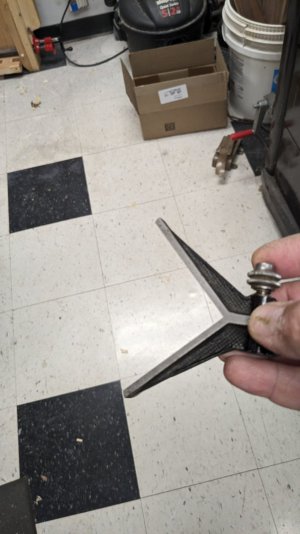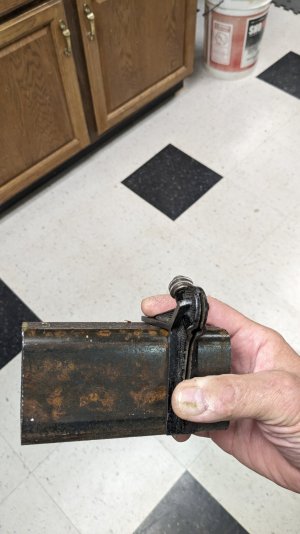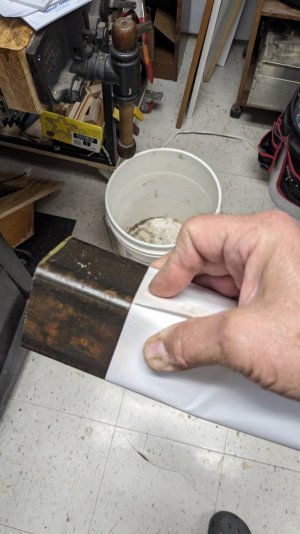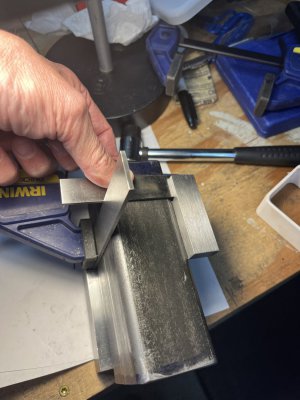- Joined
- Sep 18, 2023
- Messages
- 28
I have rough cut 3x2 rectangular structural steel tubes to slightly longer than my desired length.
I would like to scribe a line as a guide to grind, file and sand them down such that the ends are as near as 90 degrees to the length as I can manage.
Using a machinists t-square works fine for the first face, but obviously it can’t follow the fillet onto the next face. Of course, I can’t measure from the bottom of the next face because they aren’t square and that’s the whole reason I’m doing this
My solution was to 3D print a sleeve that I can use as a guide for the scribe. I’ve attached a screen snap of the CAD drawing for the curious.
My question is: Is there another (better?) way to do this? My machinist grandfather wouldn’t have had a 3D printer, though he - unlike me - had a Bridgeport which could do the job. What might he have done if he didn’t have a Bridgeport and only had hand tools?
Thanks!
I would like to scribe a line as a guide to grind, file and sand them down such that the ends are as near as 90 degrees to the length as I can manage.
Using a machinists t-square works fine for the first face, but obviously it can’t follow the fillet onto the next face. Of course, I can’t measure from the bottom of the next face because they aren’t square and that’s the whole reason I’m doing this
My solution was to 3D print a sleeve that I can use as a guide for the scribe. I’ve attached a screen snap of the CAD drawing for the curious.
My question is: Is there another (better?) way to do this? My machinist grandfather wouldn’t have had a 3D printer, though he - unlike me - had a Bridgeport which could do the job. What might he have done if he didn’t have a Bridgeport and only had hand tools?
Thanks!


